Ever wondered if machines can actually think? It's a hot topic lately, especially with the artificial intelligence boom, and almost every company and service tries to include AI in their task.
Take ChatGPT, for instance. It's this advanced deep-learning machine that chats away, sometimes even tricking us humans. And get this - people using the Bing search engine's chatbot, which is powered by ChatGPT tech, have had some pretty wild talks with it. I heard some say the AI even declared its love for them.
Back in 1950, Alan Turing, the legendary English mathematician, codebreaker, and computer scientist, had this question. He figured if a computer's responses were indistinguishable from a human's, then you could say it's thinking.
This idea is known as the Turing test. Fast forward to today, and there's a buzz that our current AI might actually be passing this test. Makes you think, doesn't it?" We have a lot to talk about, so buckle up. Let's start from the beginning.
Who is Alan Turing?
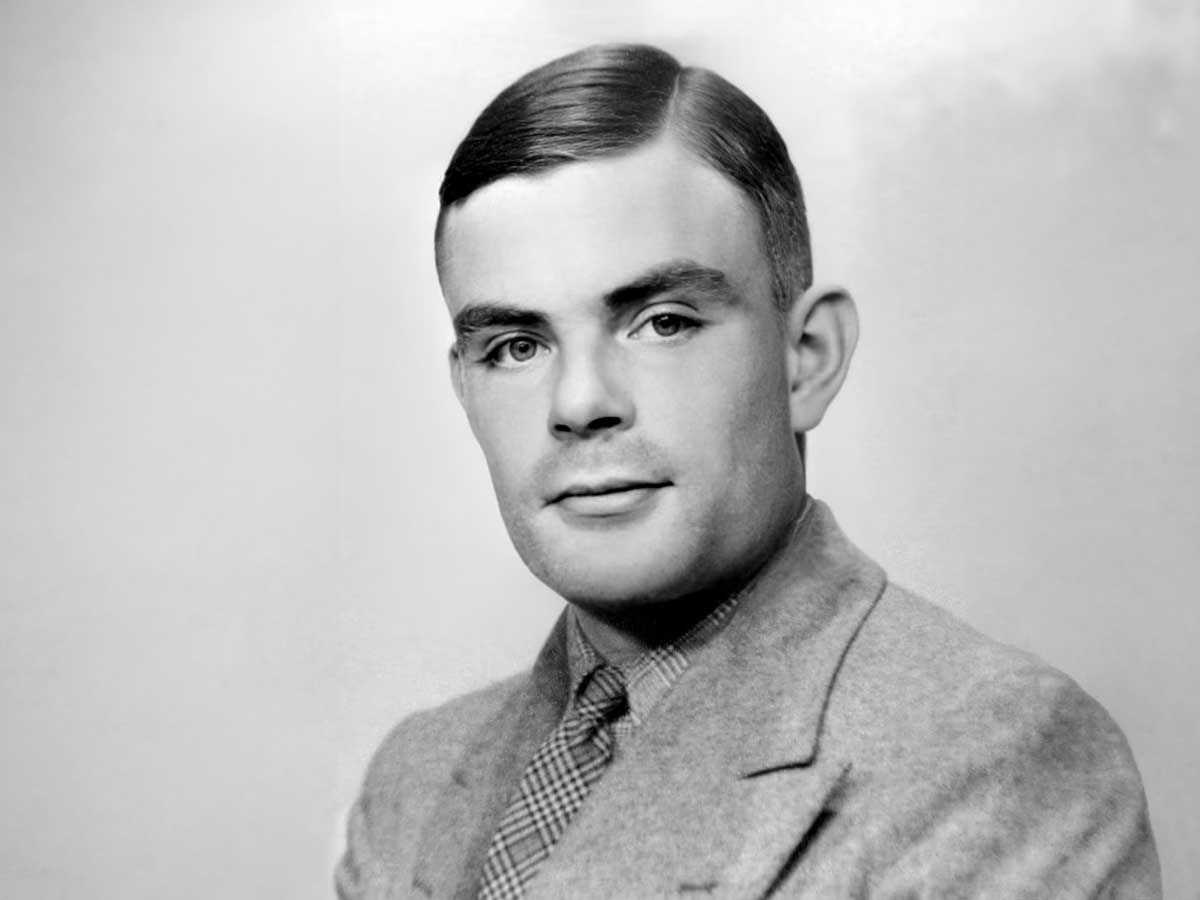
Alan Mathison Turing was born on 23 June 1912 in Maida Vale, London. He was an English mathematician, computer scientist, logician, cryptanalyst, philosopher, and even dabbled in theoretical biology.
Turing's big brain led to the creation of theoretical computer science and the Turing machine, which is basically the granddaddy of our modern computers. That's why he's called the Father of theoretical computer science and artificial intelligence.
Turing studied at King's College, Cambridge, scoring a mathematics degree and then flying over to Princeton University for his PhD, tackling some super tricky undecidable mathematical questions.
When the Second World War hit, he joined the Government Code and Cypher School at Bletchley Park, working in Hut 8.
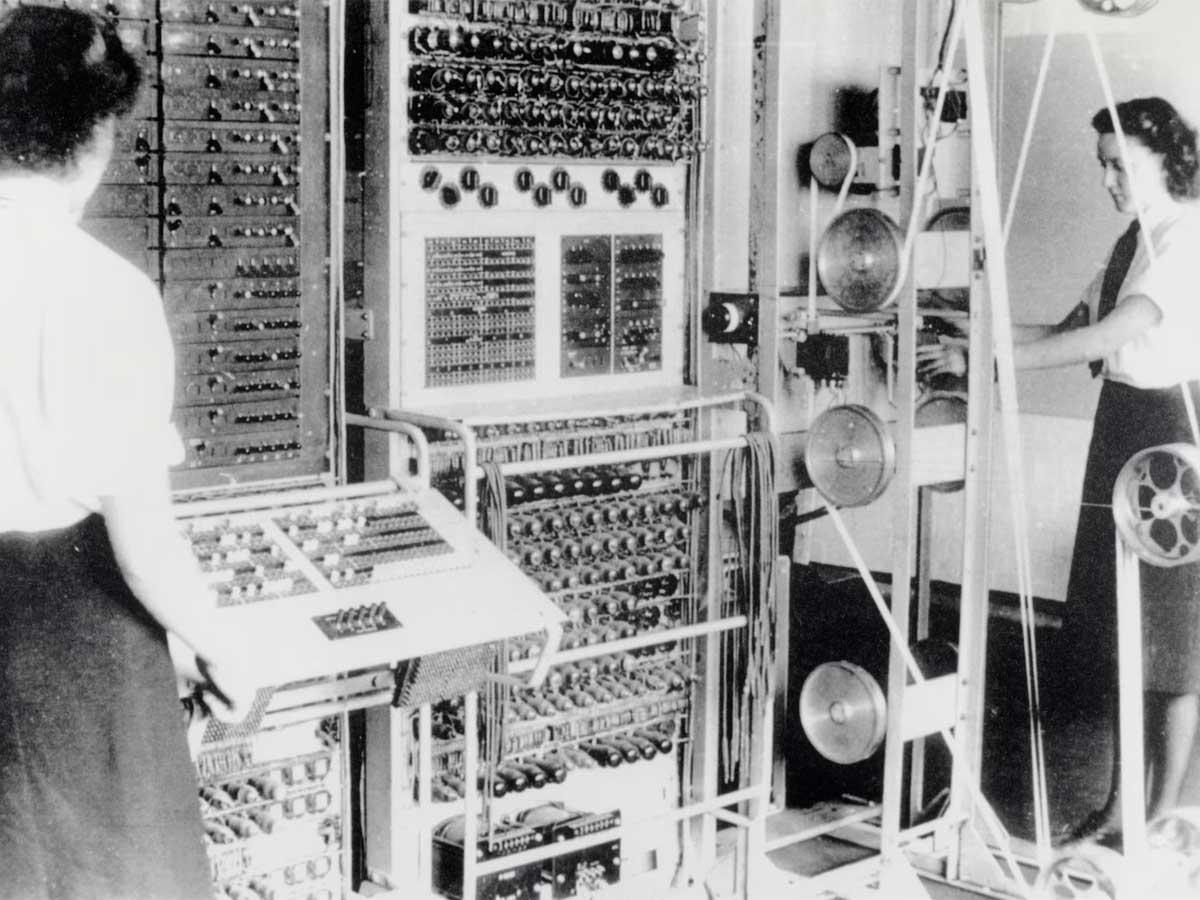
Turing was a key player in breaking the German naval cryptanalysis, tweaking the Polish bomba method to crack the Enigma machine. His work on intercepted coded messages was crucial in the Battle of the Atlantic.
Post-war, Turing joined the National Physical Laboratory, dreaming up the Automatic Computing Engine, and later worked with Max Newman's Computing Machine Laboratory, contributing to the early Manchester computers.
He even explored mathematical biology, studying the chemical basis of morphogenesis and predicting patterns like the Belousov–Zhabotinsky reaction.
Sadly, Turing's life took a dark turn due to the Official Secrets Act. He faced prosecution for homosexual acts and was subjected to hormone treatment with DES or chemical castration, as it was known.
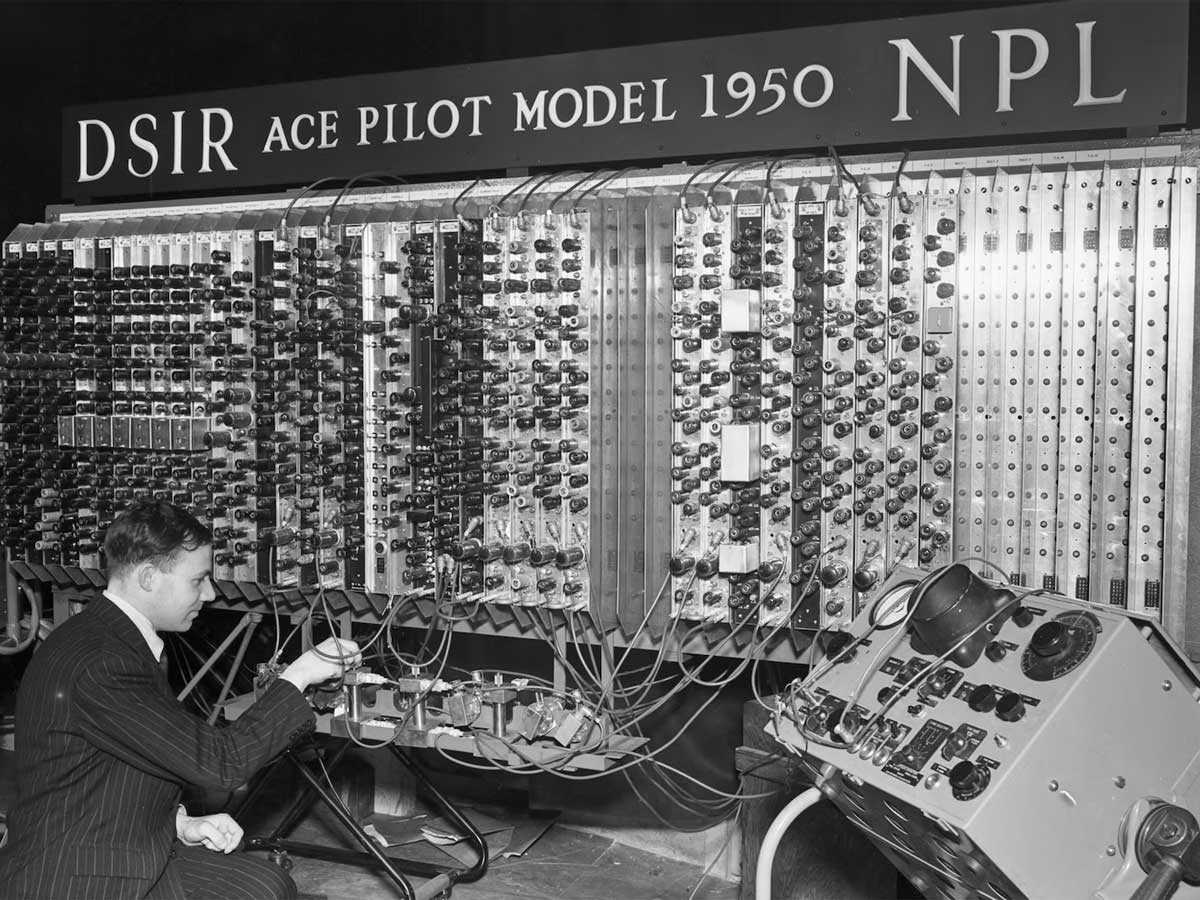
Tragically, he died from cyanide poisoning, believed to be suicide, in 1954. Much later, British Prime Minister Gordon Brown issued an official apology, and Queen Elizabeth II gave him a posthumous pardon.
The Alan Turing law, statues of Alan Turing, his image on the Bank of England £50 note, and a BBC series naming him the greatest person of the 20th century all honor his incredible legacy, and the annual award for computer science innovations keeps his memory alive."
What is the Turing Test?
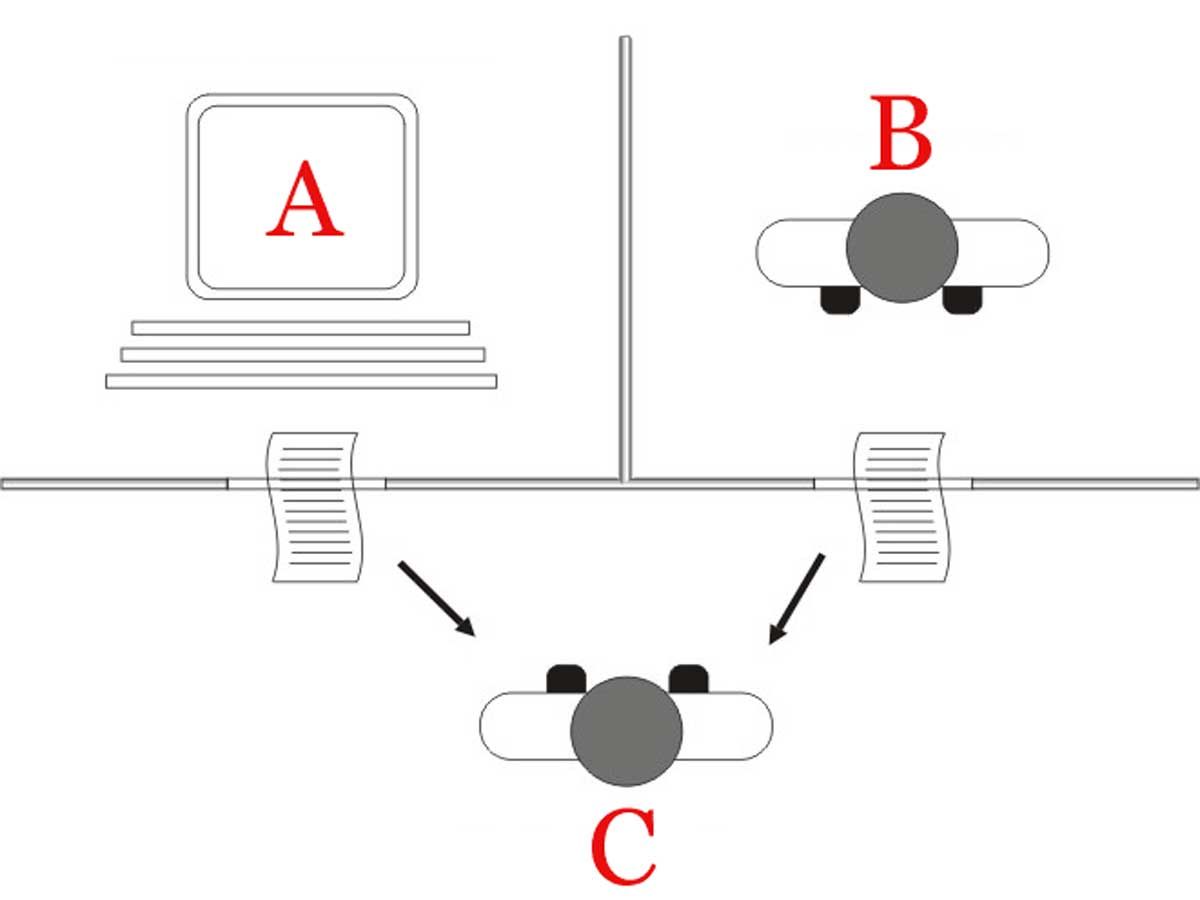
So, the Turing Test test is all about artificial intelligence (AI) trying to mimic human responses—a setup with three terminals: one for the questioner and two for the respondents. One respondent is a human, and the other is AI. The questioner chats with both, typically on a specific subject area, and has to figure out who's who.
The test is all about the format and context of the conversation if the questioner can't make the correct determination about who's the machine.
This is a big deal in machine learning. The University of Manchester is where Turing worked st the time.
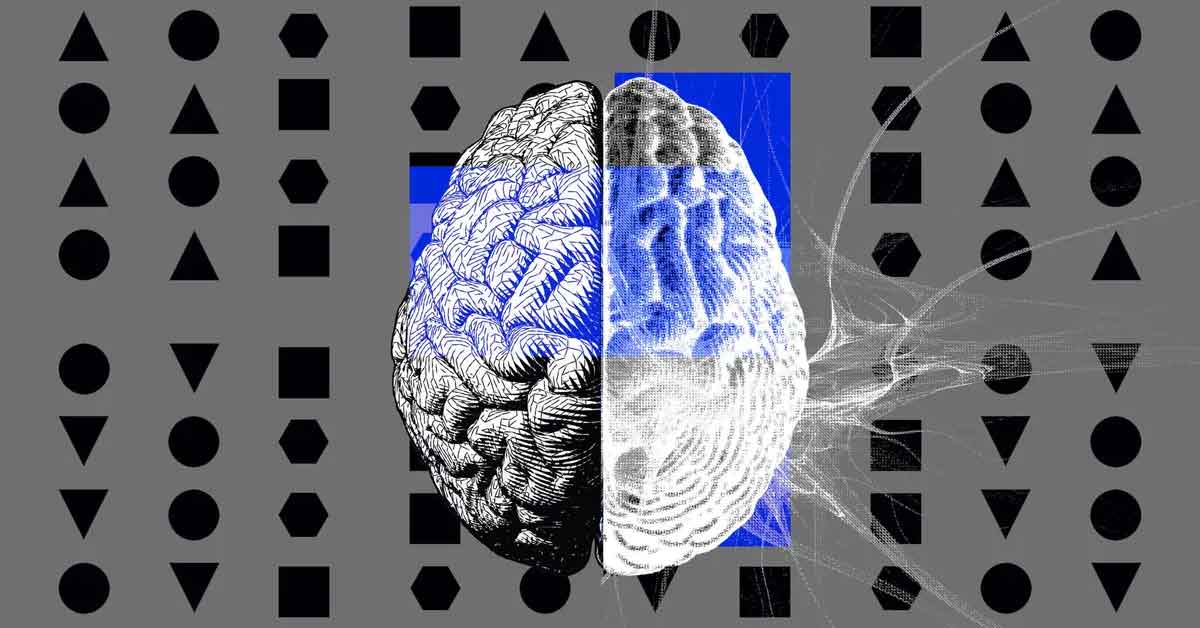
The concept was popularized in the movie The Imitation Game. It's like playing 'Two Truths and a Lie' with AI, a human, and a human questioner. Now, Joseph Weizenbaum created ELIZA, an early chatbot that showed the Turing Test's potential and limitations.
The nature of the questioning, like open-ended questions and conversational answers, reveals a lot. It's not just about getting out answers; it's about manipulating symbols in a way that seems human.
But, there are critics, like John Searle, who argue about the real depth of human-machine interaction.
Alternatives to the Turing Test
Now, there are so many other tests like the Turing Test. So let me tell you a bit more about those tests as well.
Reverse Turing Test, which you've probably seen as those annoying CAPTCHA tests online. They flip the script, making humans prove they're not robots. Then, the Total Turing Test checks an AI's perceptual abilities and can manipulate objects.
Reverse Turing test and CAPTCHA
Reverse Turing Test is like the Turing Test but in reverse. Psychoanalyst Wilfred Bion was really into how minds meet and mix.
Then, in 2000, a literary scholar named Peter Swirski developed the Swirski Test (another name for the Reverse Turing Test).
R. D. Hinshelwood had another take on this, seeing the mind as a 'mind recognizing apparatus.' The challenge? For a computer to figure out whether it's chatting with a human or another machine.
CAPTCHA (Completely Automated Public Turing test to tell Computers and Humans Apart). It's a common form of the Reverse Turing Test. You've seen those twisted letters and numbers you must type to prove you're not a robot.
They're there to stop automated systems from messing with websites. And sometimes even leave a question in our mind: Are we humans?
Some smart people developed software to outsmart CAPTCHA. They analyzed patterns in how CAPTCHAs are made. Researchers at Vicarious in 2013, some Google engineers in 2014, and Shuman Ghosemajumder in 2015 all cracked the code.
Now, there are more advanced reCAPTCHA programs running on websites, giving us doughts about our humanity.
The Minimum Intelligent Signal Test is like the short and sweet version, using true/false and yes/no questions. But it's not just about answering; it's about understanding meaningful questions.
The Marcus Test is about detecting if an AI can think on its feet. Then there's the Lovelace Test 2.0, which challenges AI to get creative and make something totally new, like creating art.
Winograd Schema Challenge is a brain teaser, asking questions that need a serious understanding of language and context.
These tests aren't just for fun; they're crucial in AI detection and figuring out how smart our machines really are.
Chess, Turing Test, and Artificial Intelligence

So, it has an interesting connection with the Turing test. At Bletchley Park, chess illustrates Turing's ideas on machine intelligence. It's perfect for challenging and testing problem-solving methods.
So, a chess-playing computer has to sort through a humongous number of moves, so it needs some heuristics to make a good pick.
Now, Turing himself toyed around with chess programs, but get this – he had to do it all in theory, with no actual computer to run his program. But his work paved the way for the first real AI programs on those stored-program electronic digital computers.
Back in 1945, Turing predicted computers would get good at chess. Fast forward to 1997, and IBM's Deep Blue totally rocked the chess world by beating the champion, Garry Kasparov, in a six-game match. That's a big deal in advances in computer engineering.
Deep Blue had 256 parallel processors, checking out 200 million moves per second and planning up to 14 turns ahead. Noam Chomsky, a linguist from MIT, had thoughts about a computer beating a grandmaster at chess.
But now we have programs like Google Deepmind's AlphaGo that can play the world's toughest board game, GO, and beat the world champion, basically making him retire.
Turing Test and Its Place in Today's World

The Turing Test is a classic way to see if a machine can think like us. It's had a few makeovers since its original format. One cool twist on it is the Loebner Prize, given out every year since 1990 to the most human-like chatbot. A bunch of judges vote on it, like a techy talent show.
In 2014, marking 60 years since Turing's passing, the University of Reading hosted a competition where a chatbot named Eugene Goostman, pretending to be a 13-year-old boy, actually fooled 33% of the judges, passing the test!

Then there's Google Duplex, a smooth talker who booked a hair appointment over the phone in 2018, and the receptionist had no clue they were chatting with a robot!
OpenAI's GPT-3 processes our language and creates text, making it a strong contender for beating the Turing Test. Though it's not perfect—it's been tricked into giving some wacky answers to oddball questions.
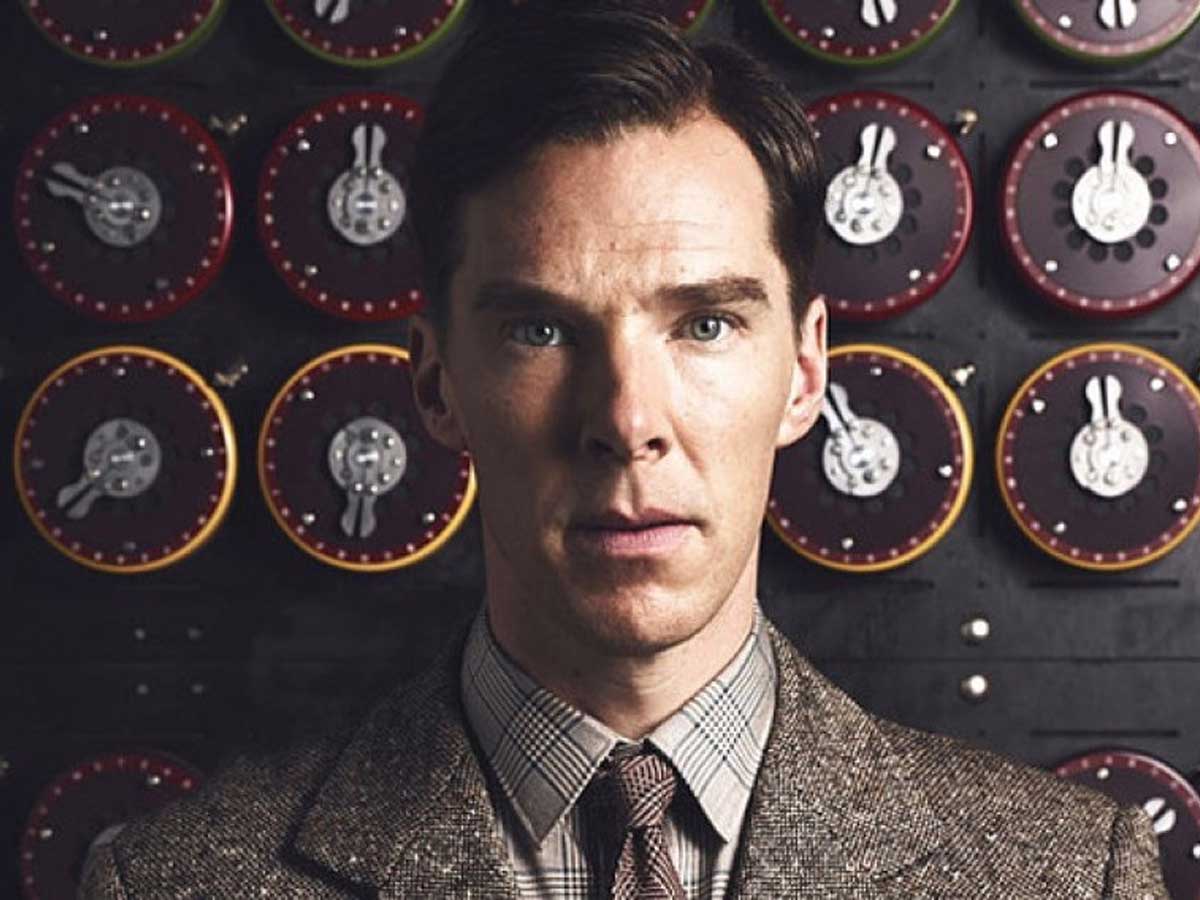
So, why do we still care about the Turing Test? It's more than a contest; it's a philosophical starting line for thinking and talking about AI. It sets the baseline for what we call 'intelligence' in machines. We're always looking for tech that doesn't just compute but actually 'thinks.'













